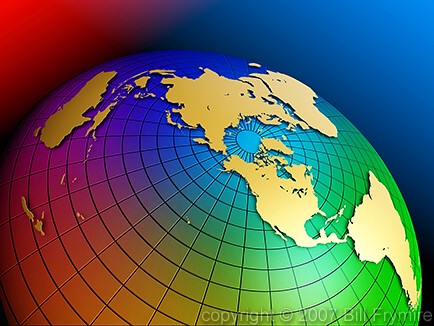

ArcGIS Explorer, a lightweight client for ArcGIS Server, supports WMS and many other GIS file formats.See also: Comparison of web map services and Category:Street view servicesĪs more and more high-resolution satellite imagery and aerial photography become accessible for free, many of the latest online virtual globes are built to fetch and display these images. Most early computerized atlases were of this type and, while displaying less detail, these simplified interfaces are still widespread since they are faster to use because of the reduced graphics content and the speed with which the user can understand the display. The other issue raised by such detail available is that of security, with some governments having raised concerns about the ease of access to detailed views of sensitive locations such as airports and military bases.Īnother type of virtual globe exists whose aim is not the accurate representation of the planet, but instead a simplified graphical depiction. When this is the case, the interface often has the option of providing simplified graphical overlays to highlight man-made features, since these are not necessarily obvious from a photographic aerial view. Very often such virtual globes aim to provide as true a representation of the world as is possible, with worldwide coverage up to a very detailed level.

Those wishing to portray a visually accurate representation of the Earth often use satellite image servers and are capable not only of rotation but also zooming and sometimes horizon tilting. Virtual globes may be used for study or navigation (by connecting to a GPS device) and their design varies considerably according to their purpose. The first widely publicized online virtual globes were NASA WorldWind (released in mid-2004) and Google Earth (mid-2005). On November 20, 1997, Microsoft released an offline virtual globe in the form of Encarta Virtual Globe 98, followed by Cosmi's 3D World Atlas in 1999. These views may be of geographical features, man-made features such as roads and buildings, or abstract representations of demographic quantities such as population.

Compared to a conventional globe, virtual globes have the additional capability of representing many different views of the surface of Earth. A virtual globe provides the user with the ability to freely move around in the virtual environment by changing the viewing angle and position. NASA WorldWind, an open-source virtual globe with stars and advanced atmosphere & sunlight effectsĪ virtual globe is a three-dimensional (3D) software model or representation of Earth or another world.


 0 kommentar(er)
0 kommentar(er)
